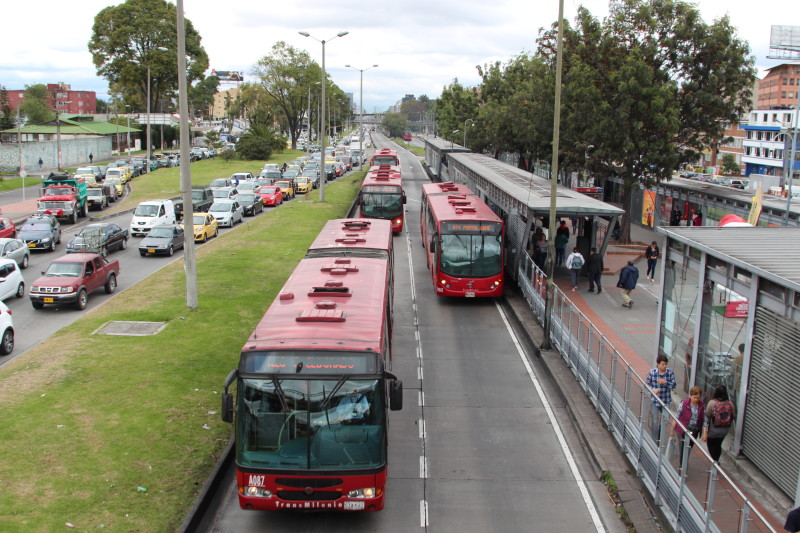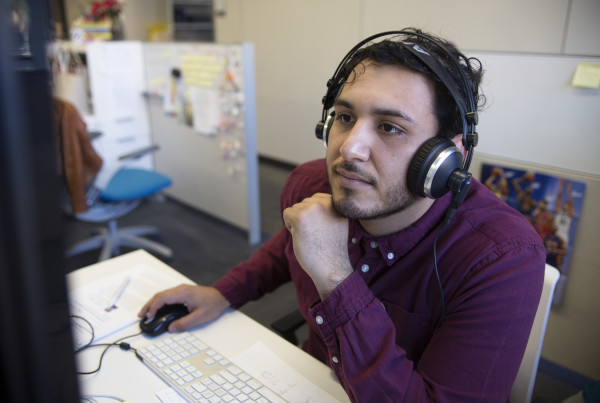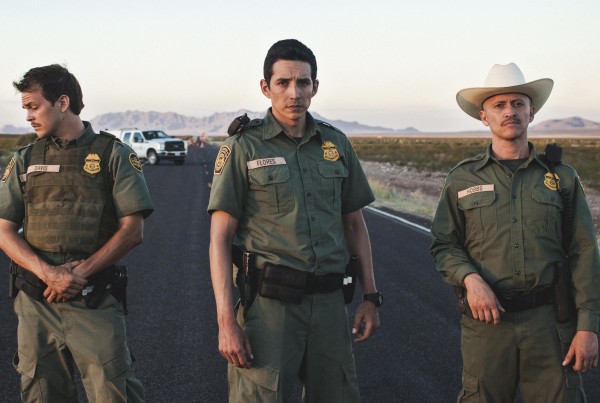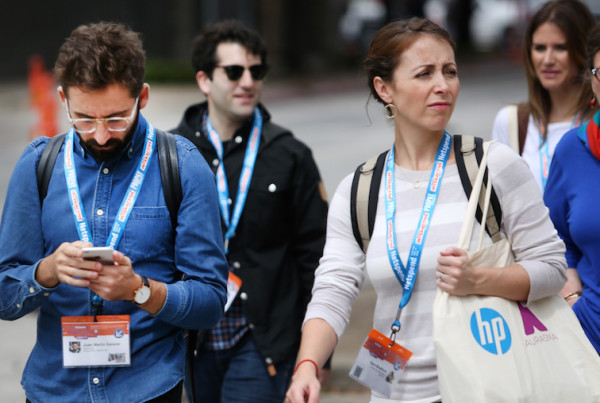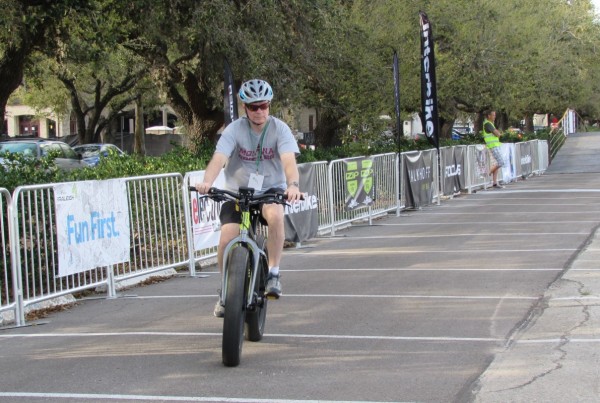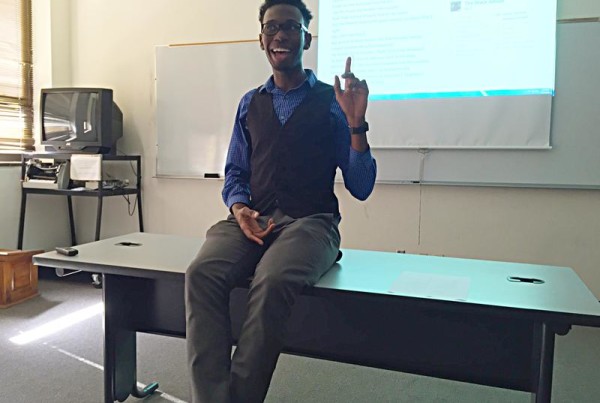This story originally appeared on Fronteras Desk, a reporting collaboration of NPR member stations in Texas, New Mexico, Arizona and California focused on the US-Mexico border.
Cities in the Southwest such as Albuquerque and Houston are pinning the future of mass transit on a system known as Bus Rapid Transit, or BRT. San Diego and Los Angeles already have BRT while in Phoenix, passage of ArizonaProposition 104 includes money for a technology called BRT Lite.
BRT replicates light rail and underground subways — with dedicated lanes and rail-like stations — at far less cost. That’s why BRT is a technology that U.S. urban planners are studying at a time of stressed public budgets. And the system that is often cited by mass transit advocates is the BRT in Bogotá, Colombia, one of South America’s major metropolises.
In any public policy discussion, such as where to deploy tax dollars, this story begins with money. Studies compiled by the U.S. federal government suggest ballpark numbers that appear to favor BRT over a technology called Light Rail and traditional underground metros, or subways.
A mile of subway can cost $250 million to build. Light rail can cost from $20-50 million per mile. With BRT the conversation starts at $7-15 million per mile. There are variables such as the cost of real estate needed to create dedicated lanes that BRT buses travel through, the cost of labor and regulatory fees.
“I like BRT because it’s fast,” said passenger Carlos Arturo. In Bogotá, BRT is called the Transmilenio, a play on words that refers to the millennium year of 2000 when it opened. The system moves close to 2.5 million people a day, more than many metros. Bright red buses are articulated, meaning two sections with an accordion-like middle for turns. They run in dedicated lanes. Stand on a bridge at rush hour and you see clear bus lanes parallel a snake of traffic. BRT feels like a subway. But it’s all above ground.
I rode the BRT in Bogotá with Dario Hildalgo. He was the deputy general manager of the system when it opened. Today’s he’s the Bogotá-based researcher with the nonprofit World Resources Institute’s Ross Center for Sustainable Cities in Washington, D.C.
“The cities that really work for people are the cities that are designed for people to move around, not the cities designed around the car,” Hidalgo said as we rode past the car and truck traffic that Bogotános deal with daily.
In Bogotá, BRT is part of a greater reconsideration of what makes a city work. There are also 270 miles of bicycle lanes here. Hidalgo said Transmilenio helps make a city work by physically starting at society’s edge.
“The original design is for the terminals to be in lower income areas,” he said, “to give people there more mobility.”
To a person, passengers said their quality of life had been improved, in some cases radically, by the arrival of Transmilenio, though all mentioned the growing pains the system is wrestling with.
“The level of service is not the standard that the people deserve,” Hidalgo said. “It can get very, very busy in peak hours.”
Passengers interviewed for this story had variations on the same theme — great system, but often a smothering blanket of people, crowded platforms and a battle mentality at rush hour to get on and off. And passenger Valeria Montoya said it’s sometimes rough for women.
“I push back to defend myself,” she said in Spanish, referring to groping, a common complaint.
Another passenger, Nuvia Rodríguez, said she has her own strategy for avoiding what she said is a claustrophobic feeling at peak hours.
“When I can, I just wait for another, less crowded bus,” she said.


